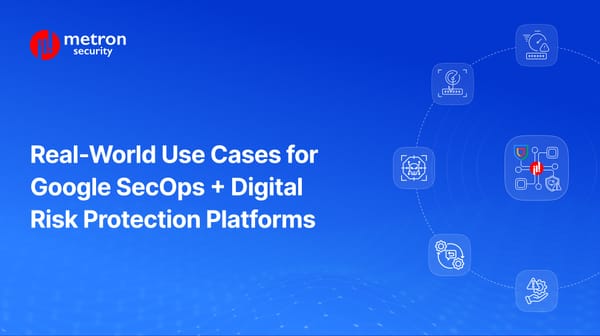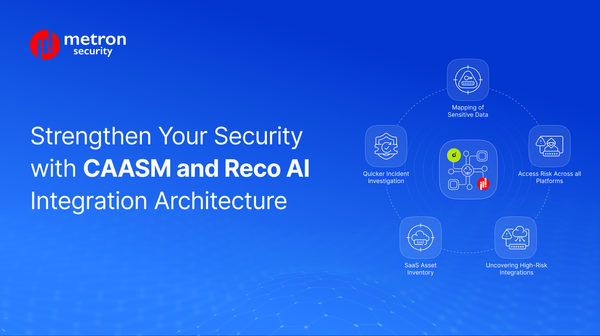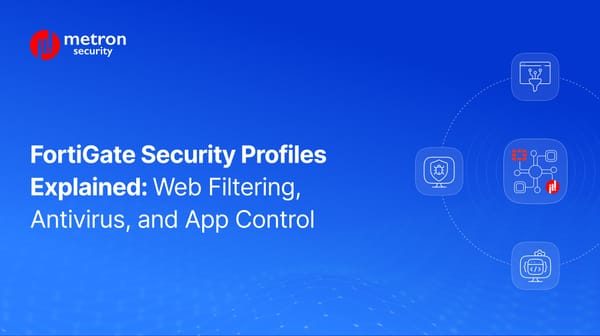👋 Hello there.
June already? Where did the first half of the year go?
In any event, we’re back for another dive into all things security integration and automation in the latest edition of MI-One. (If you missed May's edition, you can still access it here.)
To begin, we’d like to highlight some big changes and recent shifts in the SIEM space. Notably, as the on-premises solutions are consolidating, native cloud SIEMs are on the rise.
Simply take a look at Microsoft’s Azure Sentinel, Crowdstrike’s Falcon Next-Gen SIEM, and perhaps more SIEM’ilar (sorry for the pun, couldn’t help it) offerings by the other usual suspects in the security space.
We’re integration and automation experts and not the only industry analysts to give you insights into where the space is headed, either. Allie Mellen and her team at Forrester have covered the topic in detail over at Forrester’s Blog.
With that in mind, in this edition, we’ll take a closer look at how SIEM consolidation may impact your integrations. We'll explore innovative cloud security options, and exciting new connector possibilities, and even cover data parsing and storage methods.
Let’s begin!










